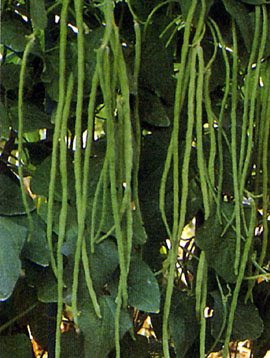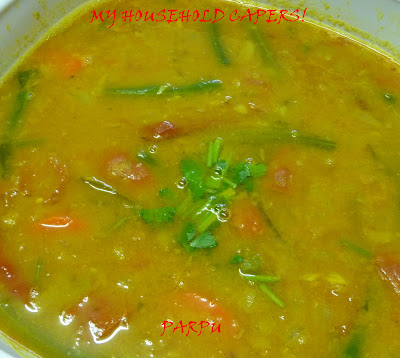
I think I got this recipe from the net somewhere and I believe the original recipe calls for it to be served with spinach. Instead, I served my CHENGDU CHICKEN with BEANSPROUTS AND CHINESE CHIVES WITH PRAWNS.
The dish may seem complicated with the different spices and sauces used, but it is actually quite easy to make. Most of the work is in the preparation. In any instance, it tastes great….so it makes it all so worthwhile!

Ingredients
800g boneless skinless chicken breasts – cut into cubes
Marinade
2 tbsp soy sauce
1 tbsp rice wine or dry sherry
½ tsp freshly ground black pepper
½ tsp sesame oil
2 to 3 tsp cornstarch
Sauce
2 tbsp Chinese rice cooking wine or dry sherry
2 tbsp soy sauce
1 tbsp red wine vinegar or rice vinegar (red rice vinegar if possible)
1 tsp sugar
2 tsp cornstarch mixed in 2 tbsp water
Other Ingredients
2 spring onions – sliced thinly
3 cloves garlic - minced
½ thumb size ginger - minced
2 to 3 tbsp hot bean paste
1 tsp sesame oil or to taste
1 tsp freshly ground Szechuan pepper (see my GLOSSARY post on SZECHUAN PEPPER)
Vegetable or peanut oil
Method
Add the marinade ingredients to the cubed chicken, adding the cornstarch last. Marinate the chicken for at least 20 minutes.
While the chicken is marinating, prepare the sauce. Combine the rice wine or dry sherry, soy sauce, vinegar and sugar. In a separate small bowl, dissolve the cornstarch into the water. Set aside.
Heat a wok with sufficient oil to fry the chicken cubes. Stir the chicken continually to keep it from sticking to the wok. When the chicken changes colour and is nearly 80 per cent cooked, remove it from the wok. Leave about 2 tbsp of the oil in the wok.
Add the garlic, ginger and hot bean paste to the wok. Stir-fry briefly until fragrant (about 30 seconds). Add the chicken back into the wok and mix with the hot bean paste.
Make a well in the wok by pushing the chicken to the sides and add the sauce mixture in the middle. Give the cornstarch and water mixture a quick re-stir and mix it in the sauce, stirring quickly to thicken.
Now toss the chicken back into the centre, mixing it well with the sauce. Add in the green onion and sesame oil. Sprinkle the freshly ground Szechuan pepper over top. Lift and serve hot with stir fried vegetables and rice.
VG’s rating: 4 stars

















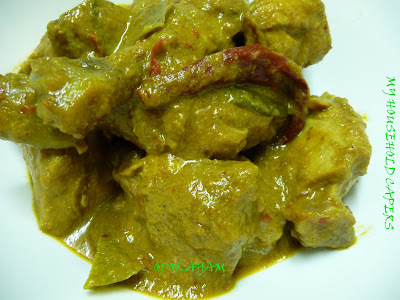


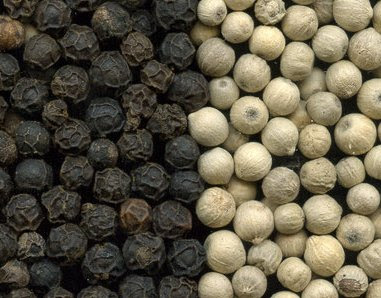
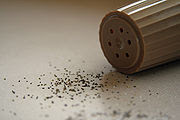









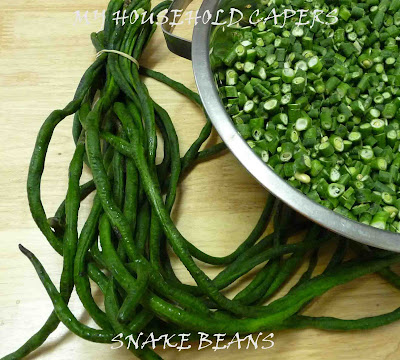.jpg)
